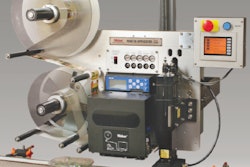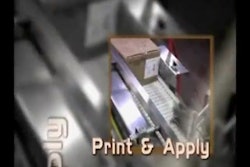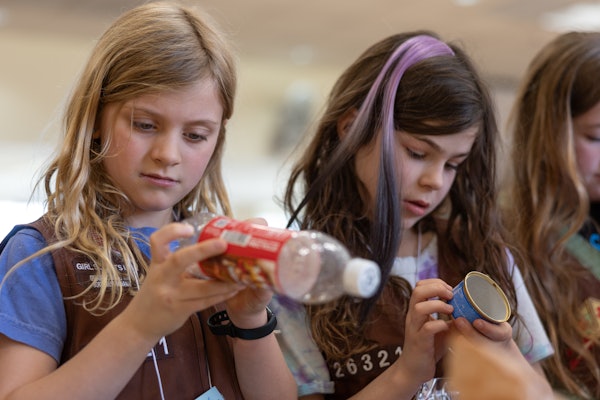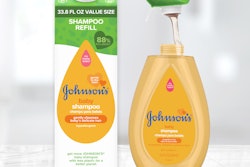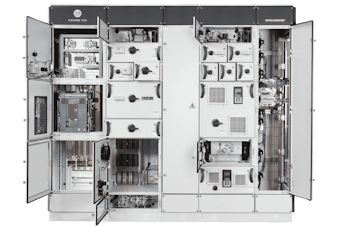This Hawaii Farm Bureau project was funded by the Economic Development Alliance of Hawaii, and installed by the State of Hawaii Department of Agriculture. The pilot encompassed the supply chain from growers to store, with a distribution center at the crucial middle portion.
“The Hawaii Produce Traceability initiative is an integral part of the State Food Safety Certification system,” said Dr. John Ryan, administrator, Quality Assurance Division, State of Hawaii Department of Agriculture, who oversees the project, in a press release from early 2009. “This project provides the backbone for future and more preventive closed-loop sensor technologies that are capable of measuring and reporting biocontaminants and temperature variations via the RFID system as produce moves through the supply chain. The RFID system will provide managers with improved real-time control over potential food safety problems and help to prevent widespread human and economic impact.”
In July, we tracked down Ryan for an update on the pilot’s first phase, which ran from early 2008 to June 2009. It involved the source tagging of corrugated cases of produce by growers of tomatoes, mushrooms, asparagus, papaya, and—yes—pineapple. Hand-held RFID readers were used by some growers. At the DC of Armstrong Produce, Hawaii’s largest distributor, portals and hand-held RFID readers recorded tagged cases and pallets into and out of the DC and a cooler within the DC. Vendors included integrator Lowry Computer Products (www.lowrycomputer.com).
Challenges that were experienced included the inability to read individual cases of produce at the center of pallet loads. In that instance, the read of a pallet tag was used to associate the pallet with all 20 cases that were onboard. There was also the limited scale of the pilot; Ryan says the DC may receive 50,000 boxes of produce daily, yet the pilot was only able to track 1,000 of those.
After the conclusion of the first phase, Ryan remains 100% a proponent of RFID. While he professes the need for lower hardware and software costs, Ryan believes that “RFID is the right way to go” to help ensure safety in the produce supply chain, especially when used in conjunction with sensors. With proper funding, he’d like to see a “more intensive” pilot with full incoming/outgoing RFID reads at all the DC’s dock doors and coolers. Ryan can be reached at 808/832-0705 or [email protected].
